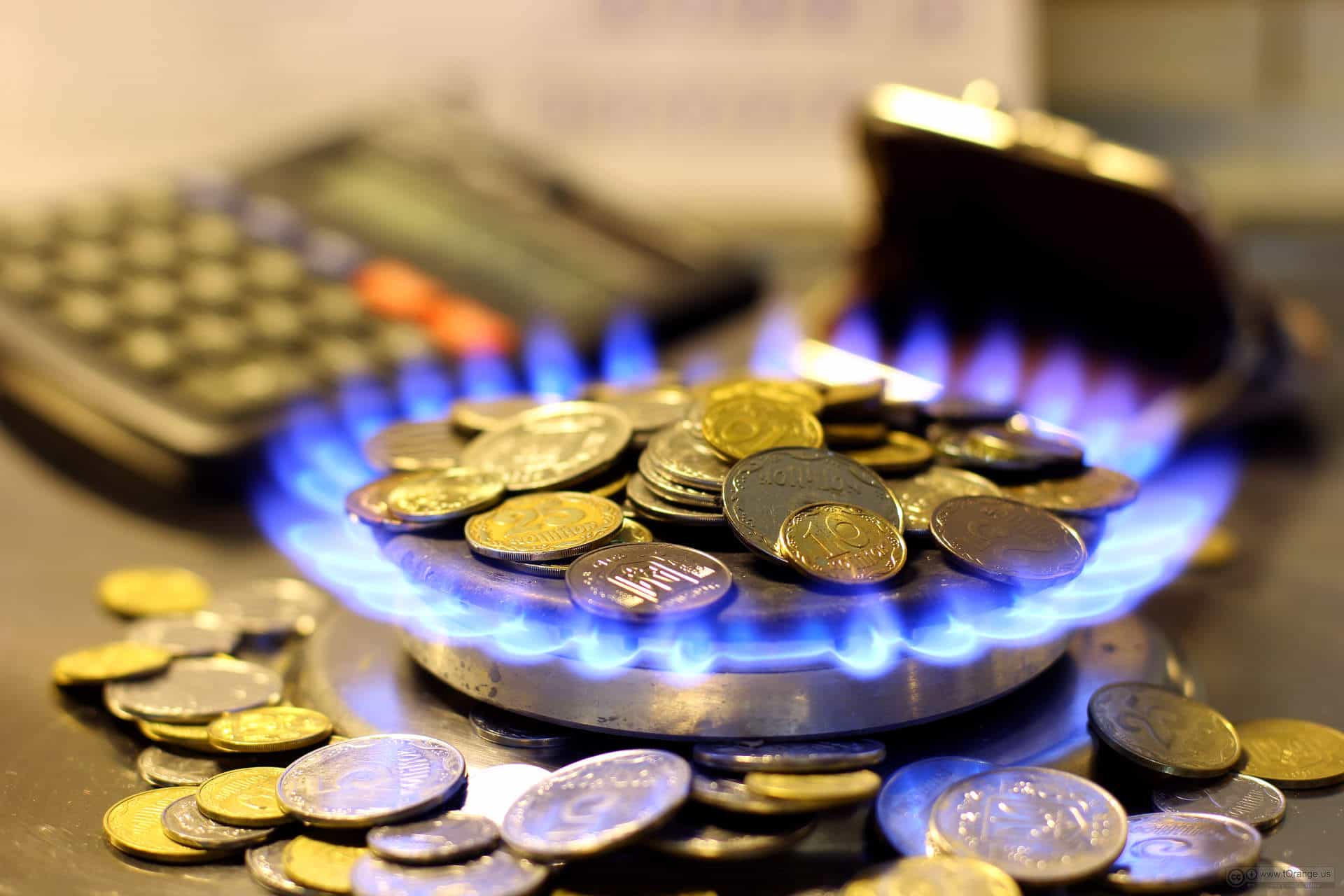The spike in natural gas prices in early December 2018, which saw the benchmark Henry Hub price soar by over 30% in a month, sparked considerable speculation that the fossil fuel was entering a new bull market. That, however, doesn’t appear to have occurred, and many Canadian natural gas producers have been hit hard, seeing their stock fall by 40% or more over the last year. One driller that appears attractively valued, despite the poor outlook for natural gas, is Storm Resources (TSX:SRX), which has lost almost 23% over the last year.
Quality assets
Storm Resources’s core assets are its 80,000 acres located in the Horn Basin in northern British Columbia and the Umbach, Nig, and Fireweed properties to the south, where it is targeting the Montney formation. The driller has reserves totaling 129 million barrels of oil equivalent, which are 83% weighted to natural gas with the remainder comprised of condensate and natural gas liquids.
Those reserves were independently valued at $6.77 per share, which is almost four times greater than Storm Resources’s current market value. This indicates the tremendous upside available if the outlook for natural gas improves, and the company can prove beyond a doubt that it is consistently capable of unlocking value for investors.
Storm Resources has demonstrated that it is capable of growing production at a solid clip. For the third quarter 2018, its total petroleum output soared by 35% year over year to 20,455 barrels daily, which was 83% weighted to natural gas.
Notably, Storm Resources’s condensate production expanded by 29% to 2,059 barrels daily for the quarter. Its ability to increase condensate output at a solid rate is important to note, because it is a high-margin product that is a crucial to the operation of the oil sands industry. This is because condensate is an essential diluent which is mixed with bitumen to make it flow. Without diluents, bitumen and other forms of Canadian heavy crude can’t be transported by pipeline to crucial U.S. refining markets.
The strong and growing demand for condensate because of rising heavy oil production means that it usually sells at a premium to the Canadian light oil benchmark price Edmonton Par. This is evident from Storm Resources’s third-quarter results, where it realized an average of $84.97 per barrel of condensate sold, which was around 4% greater than the average realized price for Edmonton Par. The driller is focused on further expanding its condensate production through its drilling program focused on its Montney landholdings.
Many analysts believe that the petroleum liquids potential of the Montney is tremendous and will drive production growth from the play. That is evidenced by the formation now being responsible for 95% of British Columbia’s total condensate production.
Because of Storm Resources’s quality petroleum acreage and focus on controlling costs, it reported a solid third-quarter operating netback of $14.69 per barrel of oil equivalent before hedging. That was an extraordinary 51% greater than the same period in 2017 and can be attributed to higher realized natural gas, condensate, and liquids pricing, which saw total revenue earned per barrel produced rise by 20% year over year. Storm Resources’s netback also improved because of reduced production and transportation costs, which, on a combined basis, fell by 5% compared to the equivalent quarter in 2017.
While the recent decline in oil and natural gas prices will impact Storm Resources’s netback, it will be offset by the company’s commodity hedging program.
The driller’s ability to boost production at a healthy clip is underscored by its announcement that estimated fourth-quarter 2018 production was 6% greater than initial estimates. Storm Resources is also forecasting that 2019 production will grow by around 17% compared to 2018 to 24,000 barrels of oil equivalent daily. The only risk is that it may be forced to revise that 2019 estimate downwards because of an early January 2019 outage at Enbridge’s McMahon Gas Plant, which reduced output by around 19,500 barrels of oil equivalent daily until the facility came back online on January 20.
Why buy Storm Resources?
Canadian natural gas producers overall are unattractive investments. A combination of an uncertain outlook for the fuel combined with the deep discount applied to Canadian AECO natural gas pricing is weighing on their performance.
Nonetheless, after Storm Resources’s market value declined by 23% over the last year, it appears attractively valued, particularly when the value of its reserves, quality assets, and low operating expenses are considered. This makes it an appealing contrarian play on natural gas and condensate.









